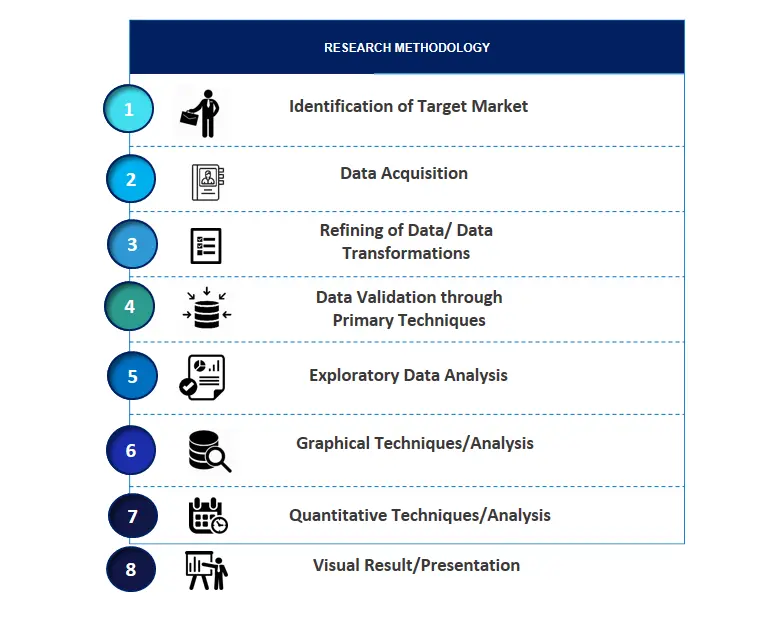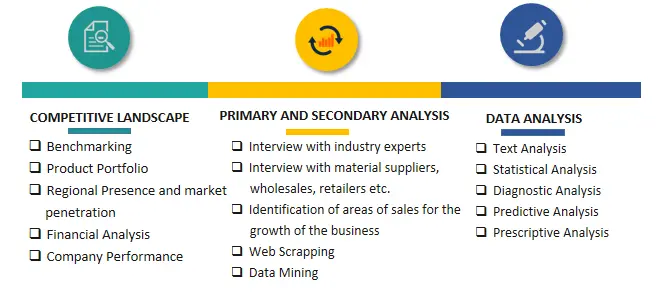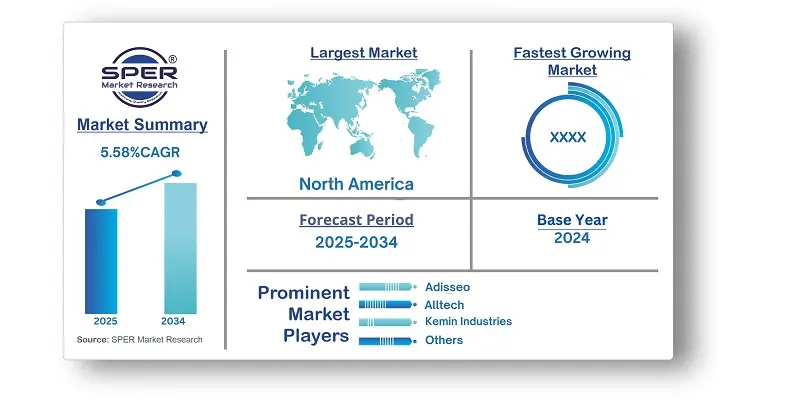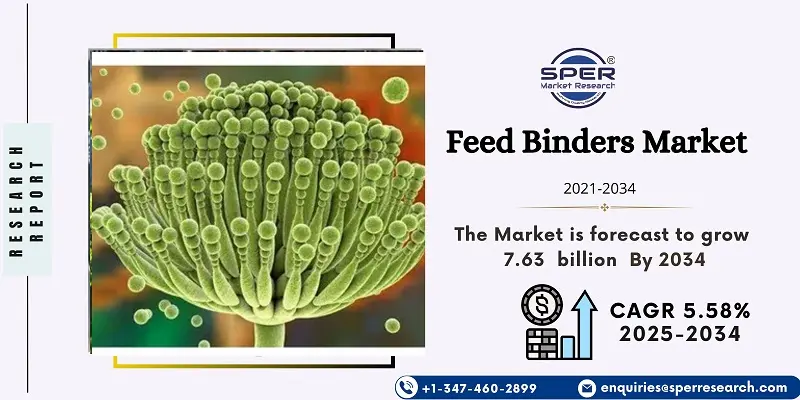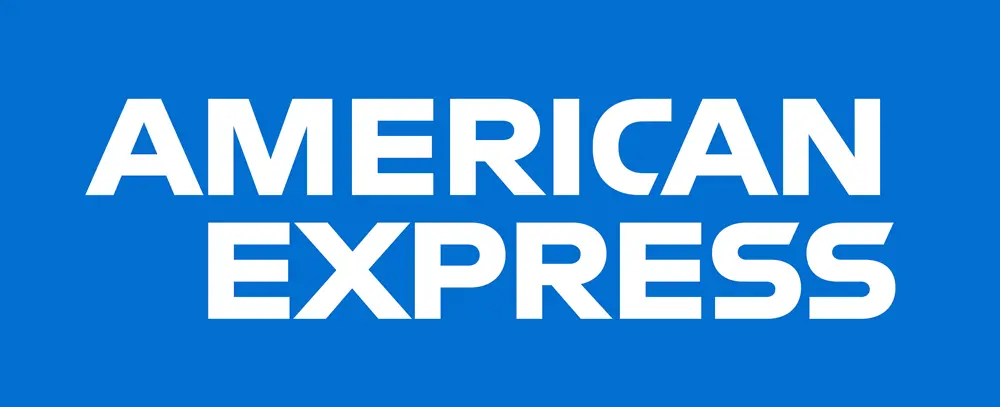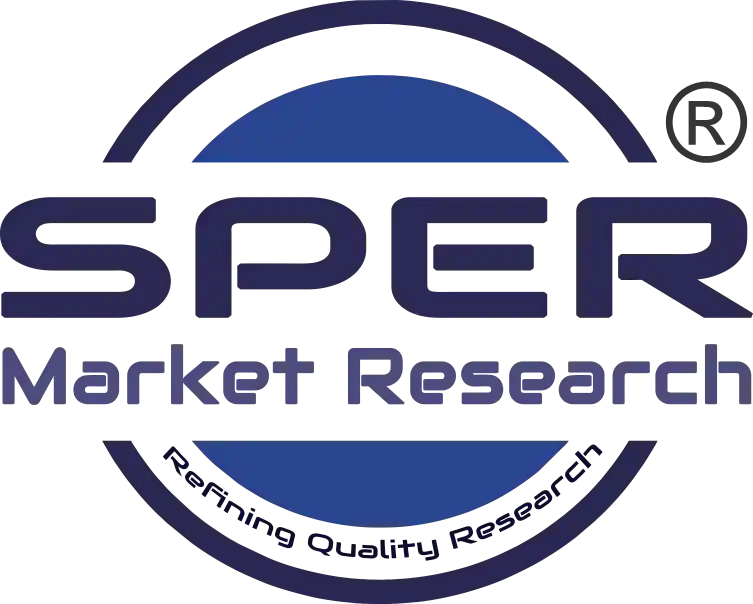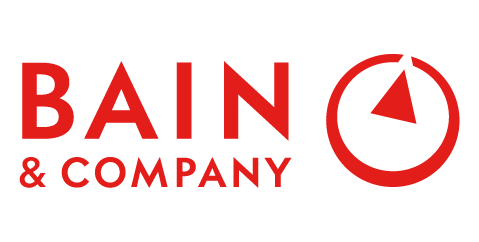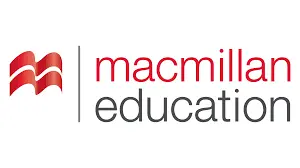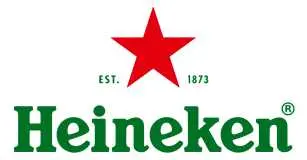Feed Binders Market Introduction and Overview
According to SPER Market Research, the Global Feed Binders Market is estimated to reach USD 7.63 billion by 2034 with a CAGR of 5.58%.
The report includes an in-depth analysis of the Global Feed Binders Market, including market size and trends, product mix, Applications, and supplier analysis. The market is experiencing consistent growth, fueled by the rising demand for pelleted feed, growing awareness of animal nutrition, and advancements in feed technology. Notable trends include a shift towards natural and sustainable binders, expansion within the aquaculture sector, and innovation in binder formulations to improve feed efficiency. The growing demand for high-quality animal nutrition to support livestock and aquaculture production is driving the need for efficient binders. Furthermore, the shift towards pelleted feed formats, which enhance feed efficiency and handling, is contributing to the increased use of binders. Rising consumer awareness of animal welfare and sustainable farming practices is also impacting market growth, leading to a growing preference for natural and eco-friendly binder solutions.
By Source:
According to the source, the market is divided into natural and synthetic binders. Natural binders are expected to maintain a dominant share of the market in the coming years. Meanwhile, the trend towards synthetic feed binders is gaining traction due to the growing demand for better feed efficiency and sustainability. Synthetic binders offer precise control over binding properties, ensuring consistent pellet quality and minimizing feed wastage. They also provide improved stability during feed processing and storage, extending shelf life and reducing nutrient degradation. Additionally, synthetic binders help address concerns related to variability and contamination that can arise from some natural binder sources.
By Type:
The feed binders market is classified by type into lignosulfonates, plant gums and starches, gelatin, molasses, clays, and others. The plant gums and starches segment is experiencing growth, driven by their natural origin, sustainability, and functional benefits. Lignosulfonates are gaining popularity in the animal feed industry due to their effectiveness in pelletizing feed, enhancing digestibility, and reducing dust, all of which are contributing to the overall growth of the market.
By Livestock:
The feed binders market is segmented by livestock into poultry, aquaculture, swine, pet, and others. The aquaculture segment is expected to experience significant growth during the forecast period.
In aquaculture, the demand for feed binders is increasing as pelleted feeds for fish and shrimp become more widely adopted. Feed binders are essential for maintaining pellet integrity, minimizing feed waste, and enhancing nutrient absorption in aquatic species. Additionally, the growing focus on sustainable aquaculture practices and the need for efficient feed use are driving the search for effective and environmentally friendly binder solutions.
By Regional Insights
In 2024, the Asia Pacific region led the global feed binders market. The market in this region is experiencing significant growth, fueled by the expansion of the livestock and aquaculture industries. The rising demand for high-quality animal nutrition, along with the shift towards pelleted feed formats, is increasing the need for efficient binders. Manufacturers are focusing on developing cost-effective and sustainable binder solutions that improve feed quality, pellet durability, and animal health.
Market Competitive Landscape
The market is moderately consolidated. Some of the market key players are Adisseo, ADM, Alltech, BASF SE, Borregaard, Cargill, DSM, DuPont, Kemin Industries, O K Bio Systems, and others.
Recent Developments:
In 2022, Jordan's Manaseer Group developed a mineral-based feed additive with mycotoxin-binding properties. This product is designed to mitigate the harmful effects of mycotoxins in feed, such as Aflatoxin B1.
Scope of the report:
| Report Metric | Details |
| Market size available for years | 2021-2034 |
| Base year considered | 2024 |
| Forecast period | 2025-2034 |
| Segments covered | By Source, By Type, By Livestock |
| Regions covered | North America, Latin America, Asia-Pacific, Europe, and Middle East & Africa |
| Companies Covered | North America, Latin America, Asia-Pacific, Europe, and Middle East & Africa Companies Covered Adisseo, ADM, Alltech, BASF SE, Borregaard, Cargill, DSM, DuPont, Kemin Industries, O K Bio Systems, and others. |
Key Topics Covered in the Report
- Global Feed Binders Market Size (FY’2021-FY’2034)
- Overview of Global Feed Binders Market
- Segmentation of Global Feed Binders Market By Source (Natural, Synthetic)
- Segmentation of Global Feed Binders Market By Type (Lignosulfonates, Plant Gums & Starches, Gelatin, Molasses, Clays, Others)
- Segmentation of Global Feed Binders Market By Livestock (Poultry, Aquaculture, Swine, Pet, Others)
- Statistical Snap of Global Feed Binders Market
- Expansion Analysis of Global Feed Binders Market
- Problems and Obstacles in Global Feed Binders Market
- Competitive Landscape in the Global Feed Binders Market
- Details on Current Investment in Global Feed Binders Market
- Competitive Analysis of Global Feed Binders Market
- Prominent Players in the Global Feed Binders Market
- SWOT Analysis of Global Feed Binders Market
- Global Feed Binders Market Future Outlook and Projections (FY’2025-FY’2034)
- Recommendations from Analyst
1. Introduction
1.1. Scope of the report
1.2. Market segment analysis
2. Research Methodology
.1. Research data source
2.1.1. Secondary Data
2.1.2. Primary Data
2.1.3. SPER’s internal database
2.1.4. Premium insight from KOL’s
2.2. Market size estimation
2.2.1. Top-down and Bottom-up approach
2.3. Data triangulation
3. Executive Summary
4. Market Dynamics
4.1. Driver, Restraint, Opportunity and Challenges analysis
4.1.1. Drivers
4.1.2. Restraints
4.1.3. Opportunities
4.1.4. Challenges
5. Market variable and outlook
5.1. SWOT Analysis
5.1.1. Strengths
5.1.2. Weaknesses
5.1.3. Opportunities
5.1.4. Threats
5.2. PESTEL Analysis
5.3. PORTER’s Five Forces
5.3.1. Bargaining power of suppliers
5.3.2. Bargaining power of buyers
5.3.3. Threat of Substitute
5.3.4. Threat of new entrant
5.3.5. Competitive rivalry
5.4. Heat Map Analysis
6. Competitive Landscape
6.1. Global Feed Binders Market Manufacturing Base Distribution, Sales Area, Product Type
6.2. Mergers & Acquisitions, Partnerships, Product Launch, and Collaboration in Global Feed Binders Market
7. Global Feed Binders Market, By Source, (USD Million) 2021-2034
7.1. Natural
7.2. Synthetic
8. Global Feed Binders Market, By Type, (USD Million) 2021-2034
8.1. Lignosulfonates
8.2. Plant Gums & Starches
8.3. Gelatin
8.4. Molasses
8.5. Clays
8.6. Others
9. Global Feed Binders Market, By Livestock, (USD Million) 2021-2034
9.1. Poultry
9.2. Aquaculture
9.3. Swine
9.4. Pet
9.5. Others
10. Global Feed Binders Market, (USD Million) 2021-2034
10.1. Global Feed Binders Market Size and Market Share
11. Global Feed Binders Market, By Region, 2021-2034 (USD Million)
11.1. Asia-Pacific
11.1.1. Australia
11.1.2. China
11.1.3. India
11.1.4. Japan
11.1.5. South Korea
11.1.6. Rest of Asia-Pacific
11.2. Europe
11.2.1. France
11.2.2. Germany
11.2.3. Italy
11.2.4. Spain
11.2.5. United Kingdom
11.2.6. Rest of Europe
11.3. Middle East and Africa
11.3.1. Kingdom of Saudi Arabia
11.3.2. United Arab Emirates
11.3.3. Qatar
11.3.4. South Africa
11.3.5. Egypt
11.3.6. Morocco
11.3.7. Nigeria
11.3.8. Rest of Middle-East and Africa
11.4. North America
11.4.1. Canada
11.4.2. Mexico
11.4.3. United States
11.5. Latin America
11.5.1. Argentina
11.5.2. Brazil
11.5.3. Rest of Latin America
12. Company Profile
12.1. Adisseo
12.1.1. Company details
12.1.2. Financial outlook
12.1.3. Product summary
12.1.4. Recent developments
12.2. ADM
12.2.1. Company details
12.2.2. Financial outlook
12.2.3. Product summary
12.2.4. Recent developments
12.3. Alltech
12.3.1. Company details
12.3.2. Financial outlook
12.3.3. Product summary
12.3.4. Recent developments
12.4. BASF SE
12.4.1. Company details
12.4.2. Financial outlook
12.4.3. Product summary
12.4.4. Recent developments
12.5. Borregaard
12.5.1. Company details
12.5.2. Financial outlook
12.5.3. Product summary
12.5.4. Recent developments
12.6. Cargill
12.6.1. Company details
12.6.2. Financial outlook
12.6.3. Product summary
12.6.4. Recent developments
12.7. DSM
12.7.1. Company details
12.7.2. Financial outlook
12.7.3. Product summary
12.7.4. Recent developments
12.8. DuPont
12.8.1. Company details
12.8.2. Financial outlook
12.8.3. Product summary
12.8.4. Recent developments
12.9. Kemin Industries
12.9.1. Company details
12.9.2. Financial outlook
12.9.3. Product summary
12.9.4. Recent developments
12.10. O K Bio Systems
12.10.1. Company details
12.10.2. Financial outlook
12.10.3. Product summary
12.10.4. Recent developments
12.11. Others
13. Conclusion
14. List of Abbreviations
15. Reference Links
SPER Market Research’s methodology uses great emphasis on primary research to ensure that the market intelligence insights are up to date, reliable and accurate. Primary interviews are done with players involved in each phase of a supply chain to analyze the market forecasting. The secondary research method is used to help you fully understand how the future markets and the spending patterns look likes.
The report is based on in-depth qualitative and quantitative analysis of the Product Market. The quantitative analysis involves the application of various projection and sampling techniques. The qualitative analysis involves primary interviews, surveys, and vendor briefings. The data gathered as a result of these processes are validated through experts opinion. Our research methodology entails an ideal mixture of primary and secondary initiatives.
